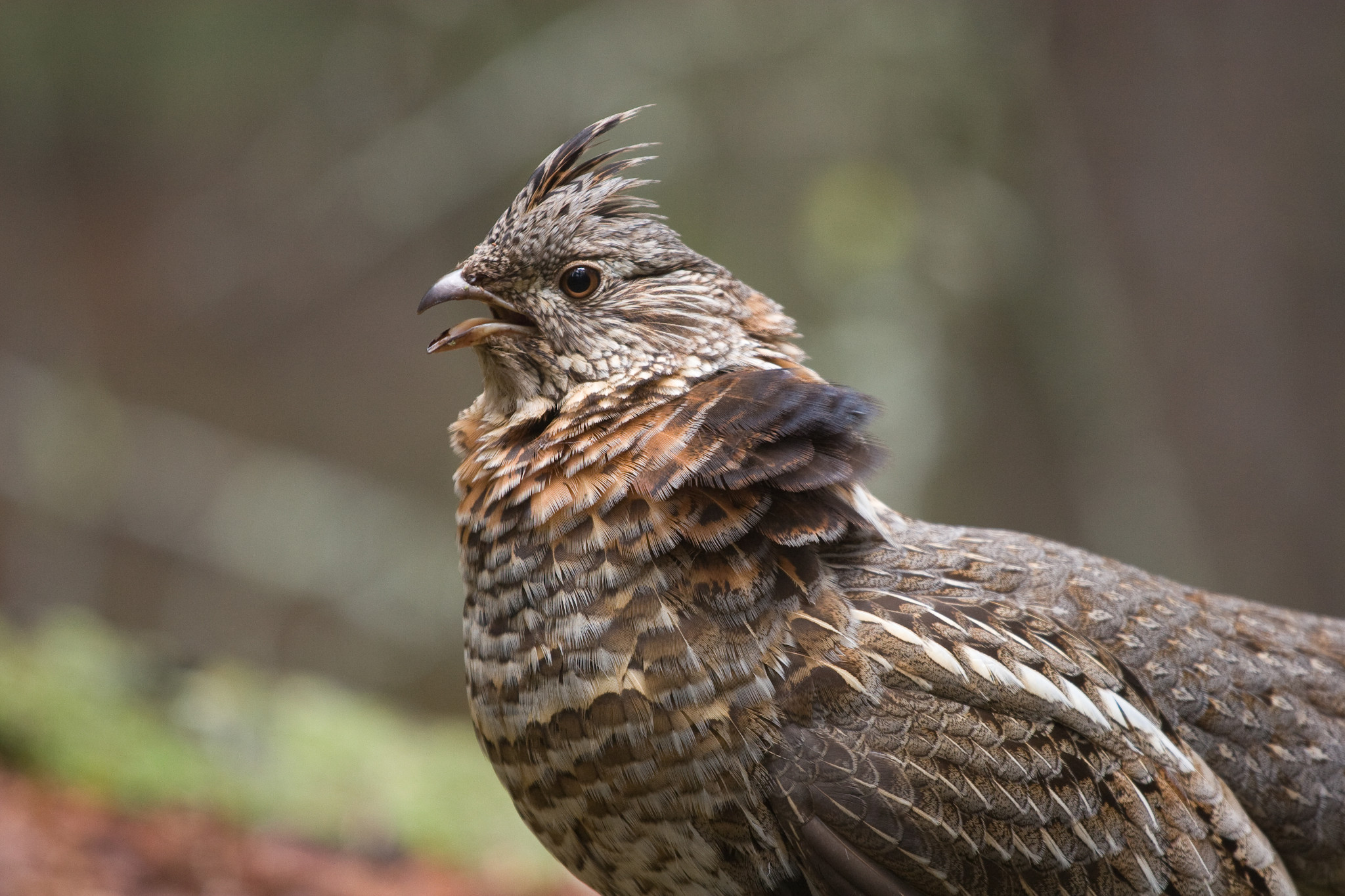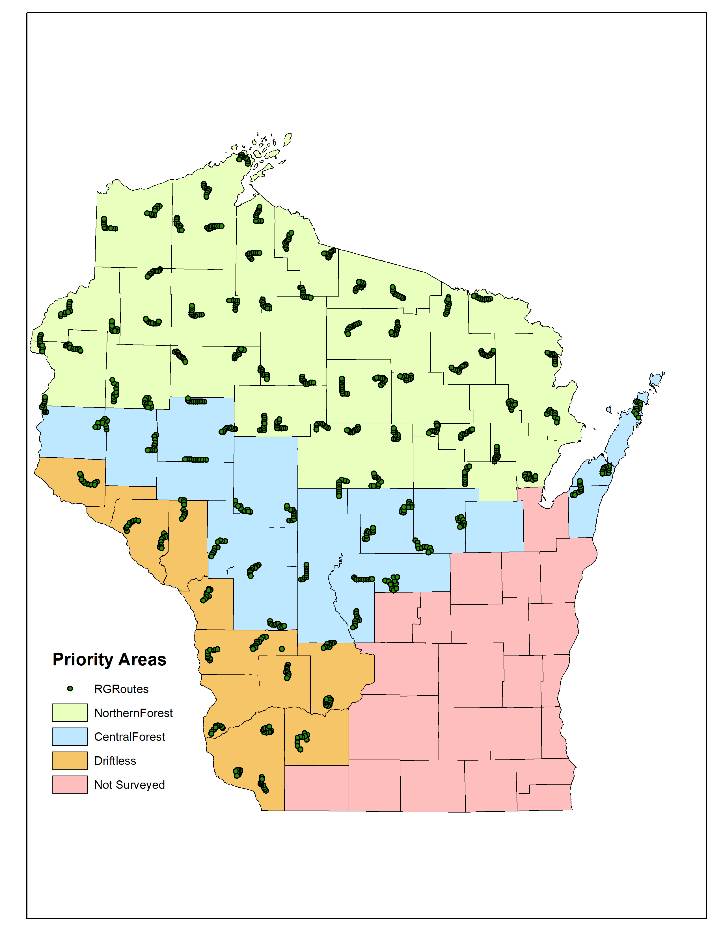Contact: Alaina Gerrits, DNR Assistant Upland Wildlife Ecologist
Alaina.Gerrits@wisconsin.gov or 608-513-6739
Wisconsin Ruffed Grouse Survey Shows Decrease In Breeding Grouse
 Roadside ruffed grouse surveys completed this spring showed statewide drumming activity decreased 6% between 2019 and 2021.
Photo credit: iStock/R_Koopmans
Roadside ruffed grouse surveys completed this spring showed statewide drumming activity decreased 6% between 2019 and 2021.
Photo credit: iStock/R_Koopmans
MADISON, Wis. – The Wisconsin Department of Natural Resources (DNR) today announced the results of its annual ruffed grouse surveys. Roadside ruffed grouse surveys completed this spring showed statewide drumming activity decreased 6% between 2019 and 2021; no data was collected in 2020 due to Covid-19 restrictions.
Ruffed grouse typically follow a ten-year population cycle with cyclic highs occurring in years that end in 9, 0 or 1. It is likely that during this cycle, the grouse population peaked in 2019 or 2020 and it is likely that abundance will begin to decrease in the coming years as we enter the “down phase” of the cycle.
The surveys found there was a 33% increase in drumming in the Driftless priority area, while the central priority area had no change. The northern priority area saw a 7% decrease in the number of drums per stop from 2019 levels.
Drumming is a practice performed by male ruffed grouse, typically during mating season. During the ritual, males beat their wings slowly at first then rapidly to create a deep, thumping sound. The display usually lasts 5-10 seconds, during which the wings can beat approximately 50 times. Surveyors listen to this sound to identify and count male ruffed grouse each spring during the mating season.
"Ruffed grouse rely on dense, young forest cover resulting from disturbances such as fire and logging. Beyond actively managing state-owned lands, the Wisconsin DNR is working to provide suitable grouse habitat through an extensive collaborative effort known as the Wisconsin Young Forest Partnership," said Alaina Gerrits, DNR Assistant Upland Wildlife Ecologist. "This partnership provides technical and financial assistance for young forest management on private lands, benefitting ruffed grouse and other wildlife species by helping maintain healthy and diverse forest communities."
Roadside surveys to monitor the number of breeding grouse have been conducted by staff from the DNR, U.S. Forest Service, tribal employees and numerous grouse enthusiasts and volunteers since 1964.
Complete survey results are available on the DNR website here.


